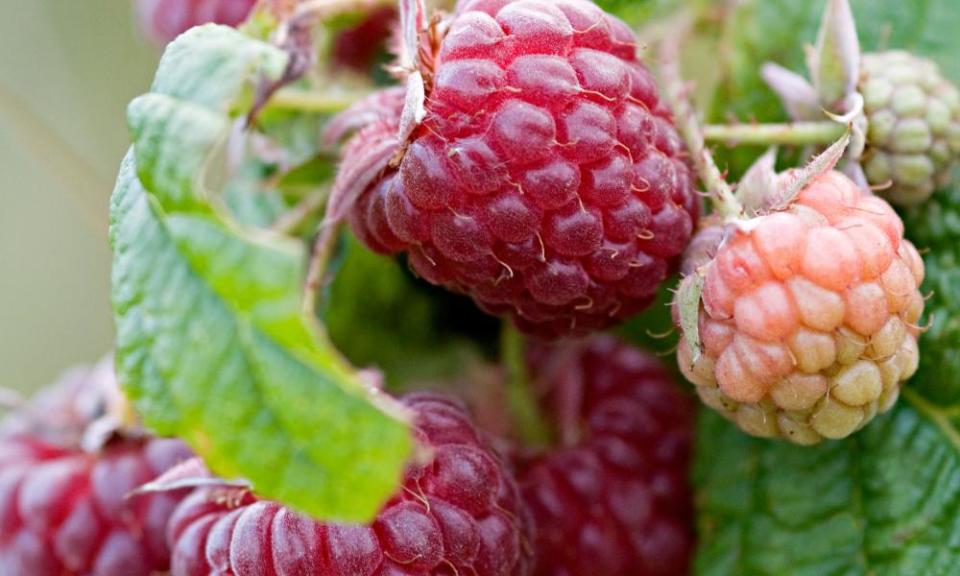How to grow berries

Soft raspberries and wineberries; sun-warmed strawberries so ripe you can smell them before you see them; blueberries, gooseberries, blackcurrants, and the strange delicacy that is white currants. Then there are jostaberries, worcesterberries, tayberries and the fattest blackberries you can imagine. Our climate may not be one for citrus or mangoes, but we have berries and we can have them all summer long.
Productive soft fruit is the most cost-effective of all food growing when you compare with shop prices – productive being the operative word here. It is very easy to do little and have plants that do the same. Strawberries need love poured into them in the form of liquid feed high in potash (comfrey is ideal) once a week during the growing season; regularly propagate runners to maintain vigour and mulch with well-rotted compost from autumn to early spring to keep the soil in good health. That, a lot of sun and, crucially, a sheltered spot, as bees don’t like to be belted about to find their tea.

It’s the same principle for the other berries, too: start with good soil, whether that’s in a pot or the ground, keep up fertility and prune regularly to maintain vigour. The other factor in getting good returns is protecting your bounty; that juicy fruit won’t even get to ripen before the blackbird starts eyeing it up. There are two approaches to this. If you have space, you may wish to build a fruit cage; if you’ve just got a few bushes in your garden, you can be more inventive.
I employ both. In my garden, where the fruit sits hidden among all sorts of others, I do very little netting. On the whole I find garden birds are wary of low, dense planting, perhaps because it could be hiding a cat, so as long as your fruit bushes are nestled in, the little the birds do get is fair share for all the year-round pest control.
Related: When aphids attack | Alys Fowler
I let my raspberries bend over, untrained to wires, which means the stems are too wobbly for all but the smallest of birds and the fruit is largely hidden. However, I won’t risk anything for the blueberries: these I shroud in temporary netting, merely draping it over while the fruit ripens.
On the allotment, where I can’t be warden to the crop share, I’ve found it necessary to use a cage. You can buy a fancy centrepiece (try Agriframes), or build your own from scraps of wood, mature hazel coppicing, or old scaffolding poles. The netting needs to be large enough to let in pollinators, but keep out small birds (chicken wire is no good). If you can, buy netting that will last and can be darned – and take care of it. It’s a lot of unnecessary plastic going into landfill otherwise.

